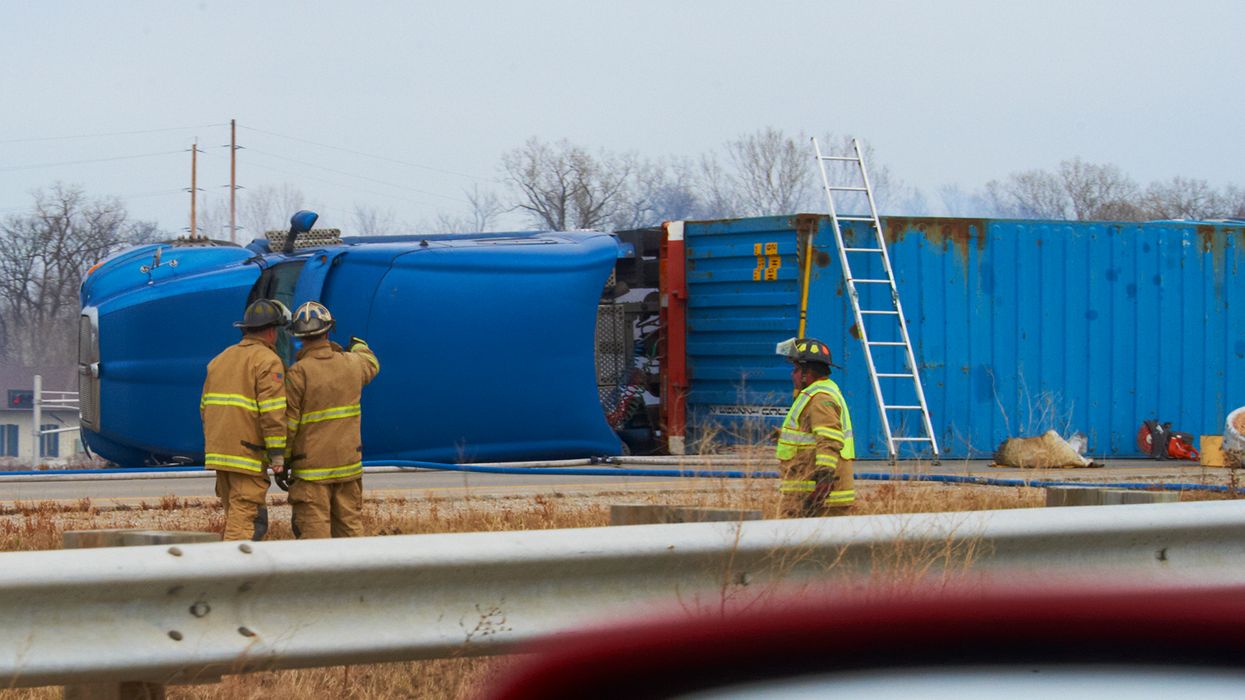EPA opts to keep existing NAAQS standards for PM
The existing National Ambient Air Quality Standards (NAAQS) for particulate matter (PM) will remain unchanged — at least until the next review. EPA says its decision to retain existing standards (last reviewed in 2012) comes after careful consideration of recent available scientific evidence and technical data, consultation with independent scientific advisors, and weighing more than 60,000 public comments on the proposal.
The standards being retained include the existing primary (health-based) and secondary (welfare-based) NAAQS for both fine (PM2.5) and coarse (PM10) particulate matter. Fine particles can be emitted directly from a variety of sources, including vehicles and fires. PM2.5 can also be formed when gases emitted by power plants, industrial processes, and gasoline and diesel engines react in the atmosphere. Coarse particles include road dust, agricultural operations, construction and demolition operations, industrial processes, and biomass burning.
Had the standard been revised, it would have triggered a cascade of updates to federal and state air programs: beginning with redesignation of attainment and nonattainment areas; followed by updates to State Implementation Plans (SIP); and finally leading to revisions with state regulations and permits to progress toward meeting the new standards.
Key to remember: The Clean Air Act requires a review of the NAAQS for a particular air pollutant every five years. A review is a lengthly undertaking consisting of five major phases, including planning, assessment of the science, assessment of the risks and exposures, assessment of policy, and rulemaking.

















































